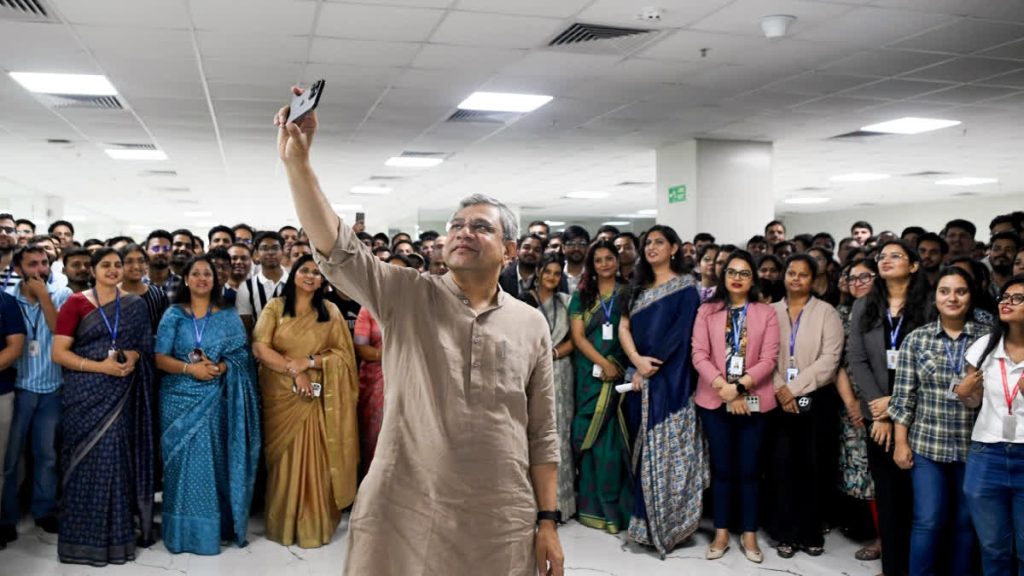Syllabus
GS 3: Achievements of Indians in science & technology; indigenization of technology and developing new technology
Context:
The government’s flagship ‘Digital India’ programme completed ten years on July 1.
More on the News
• In a major move a new task force has been set up to create a roadmap for the India Energy Stack.
• Prime Minister Narendra Modi said that Digital India is no longer just a government scheme but has become a people’s movement.
About ‘Digital India’ Programme
• Digital India is a major programme launched on July 1, 2015, by the Union Government to make India a digitally empowered society and knowledge-based economy.
• Digital India brings together various projects under one programme to help India become a knowledge-driven economy and improve governance by coordinating efforts across the entire government.
• It is based on 9 key pillars, each aimed at a different part of building a digitally strong nation:
- Broadband Highways
- Universal Access to Mobile Connectivity
- Public Internet Access Programme
- e-Governance: Reforming Government through Technology
- e-Kranti (Electronic Delivery of Services)
- Information for All
- Electronics Manufacturing
- IT for Jobs
- Early Harvest Programmes
• The Digital India Mission has played an important role in improving digital infrastructure to support governance and empower citizens.
• Various major initiatives under this mission have significantly transformed the e-governance landscape in India.
Major Initiatives Under Digital India
• Bharat Interface for Money (BHIM) App: Indian mobile payment app developed by the National Payments Corporation of India (NPCI), based on the Unified Payments Interface (UPI).
• Goods and Services Tax Network (GSTN): It provides shared IT infrastructure and services to implement the Goods and Services Tax (GST) in India, making tax filing, compliance and administration smooth for both taxpayers and the government.
• Pradhan Mantri Gramin Digital Saksharta Abhiyan (PMGDISHA): A government scheme aimed at promoting digital literacy in rural India by training citizens from rural households to operate digital devices and access digital services.
• Aarogya Setu app: A mobile app developed in a public-private partnership to bring the people of India together in a resolute fight against COVID-19.
• Open Network for Digital Commerce (ONDC): It is a government-backed initiative to create a national e-commerce network.
India Stack
• The proposed India Energy Stack (IES) aims to transform the power sector just like Aadhaar did for identity and UPI did for digital payments.
• By digitally connecting all parts of the energy system (producers, grid operators, consumers, exchanges, and regulators), the IES will allow peer-to-peer energy trading, help manage demand during high renewable energy use.
• In India, both the central and state governments manage electricity. This has led to separate digital systems instead of one connected national platform.
Challenges faced by power sector in India
• Lack of Unique Identifiers: There is no unique identifier for consumers, assets, or stakeholders.
• Absence of Real-Time and Harmonised Data: Decision-making is hampered by the lack of access to harmonised, real-time data.
• Scaling Challenges Due to Platform Dependence: Those seeking to offer solutions in this space struggle to scale, as they depend on various proprietary digital platforms.
• No Interoperability Across Digital Systems: There is no interoperability between these digital systems, which prevents cross-regional data sharing and cross-discom transactions.
Mains Question
Discuss the need for a unified digital infrastructure in India’s power sector in the context of the proposed India Energy Stack. How can digital integration address the challenges arising from electricity being a concurrent subject? (15M, 250W)

